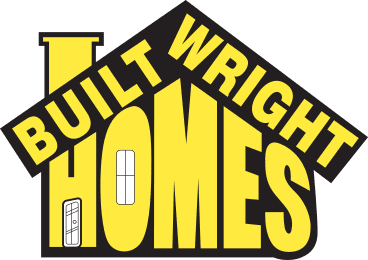Roofing

High Quality Roofing Work
Your roof is what protects your home from the weather and the elements outside, and along with the walls of your home are the most important thing that you have to keep the weather out. When you need roof repair or replacement, you don’t want to entrust the job to just anyone; you need to hire the most experienced roofing contractors at BWHR
Whether you need new roofing or you are just looking to repair or restore your existing roof, the key to a long-lasting one is high-quality work. The contractors at BWHR are highly trained professionals with several years of experience working on all types of roofs from many different manufacturers so we can get you the exact roof you want for your home, or repair the one that you have with accuracy and precision. In addition, we are certified and licensed to provide roofing work in the states of Montana, Texas, Colorado, Tennessee, Georgia, North Carolina, Kentucky and have an A+ rating with the Better Business Bureau.
Get a free estimate
Certified and Trained Installers
The work that BWHR does is only as good as the installers who complete the job. We maintain several certifications with the nation's top manufacturers. BWHR is Malarkey Certified, Owens Corning Preferred, and GAF Certified Weather Stopper. We require all our roofing inspectors to go through one of the highest-level training in the industry
Quick Response Time
Quick and timely repairs are important to maintain the integrity of your roof. Even minor repairs can turn into more expensive problems if they are not addressed quickly. We promise a fast response time, usually within 24 hours, and we guarantee the work that we do with a comprehensive warranty.
Fair Pricing
We understand that when you’re looking for repairs or restoration on your roof, price is an important consideration. That is why we guarantee fair pricing and use industry-leading technology to help estimate the costs in advance. More accurate cost estimates mean fewer surprises when you get the final bill and more savings in your pocket.
Some of our roofing examples
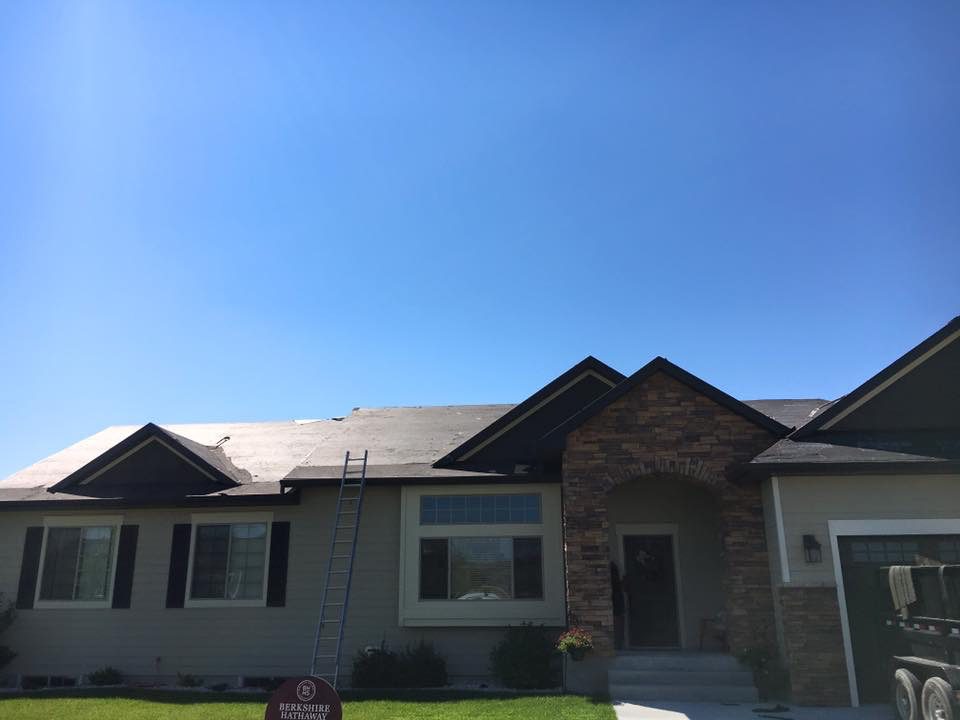


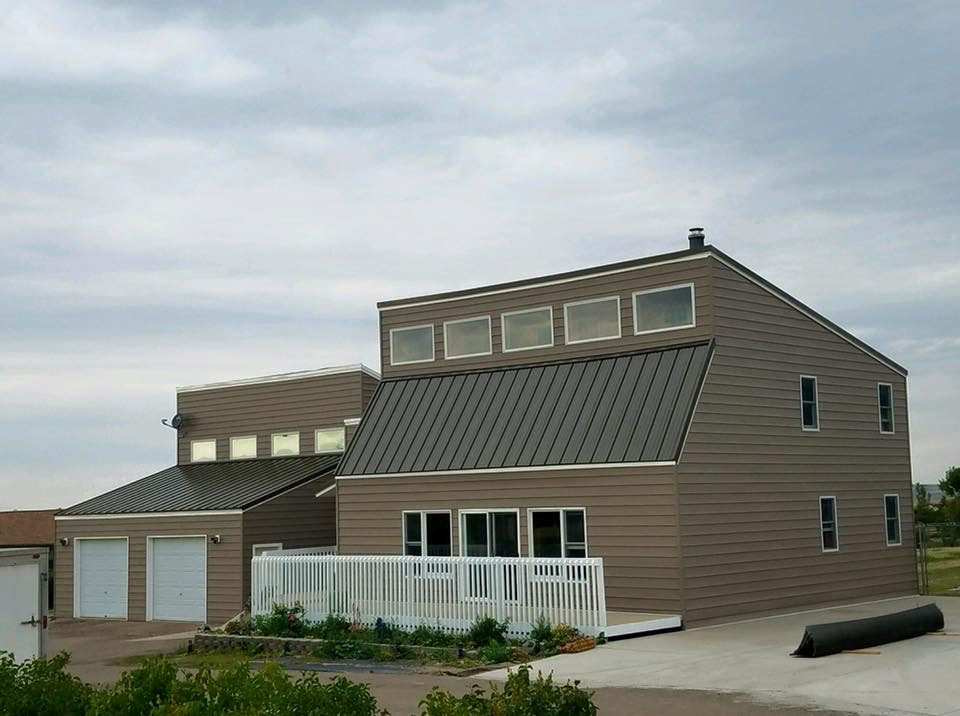

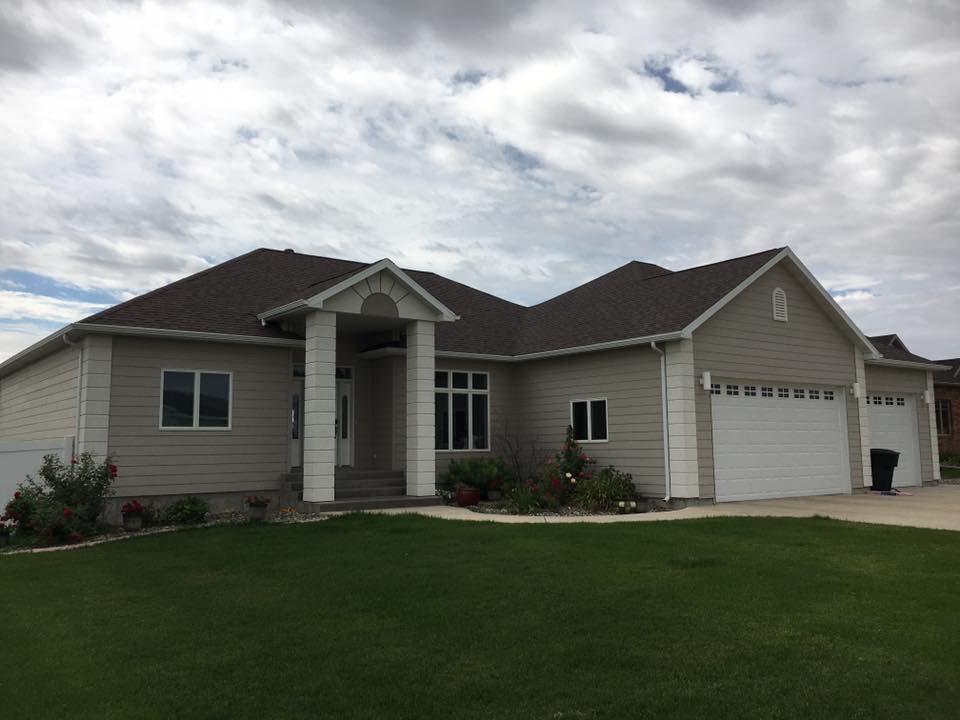

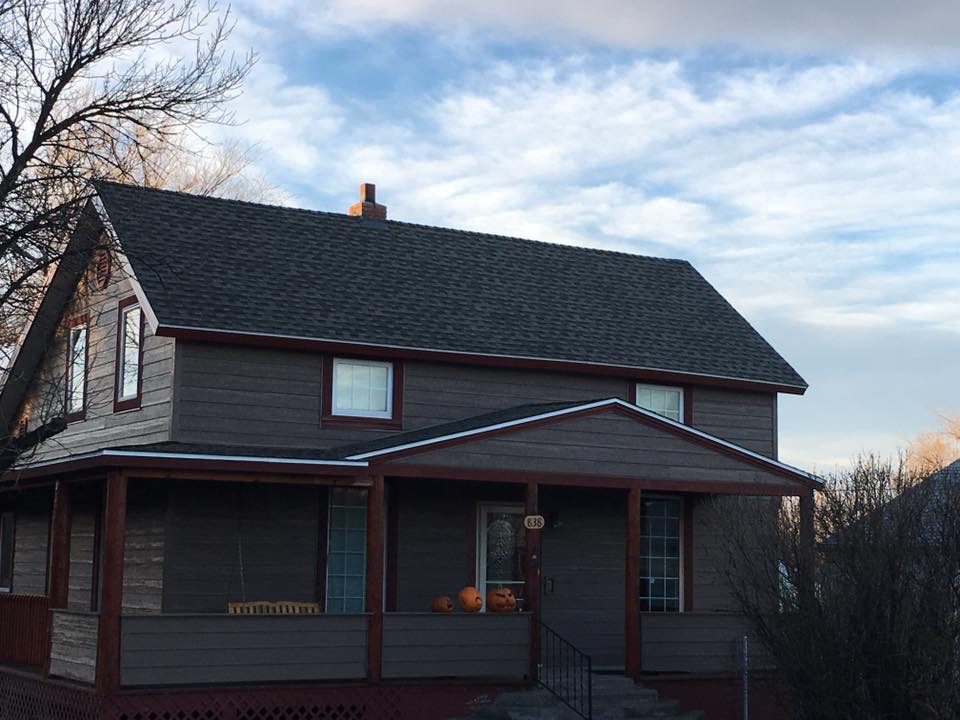

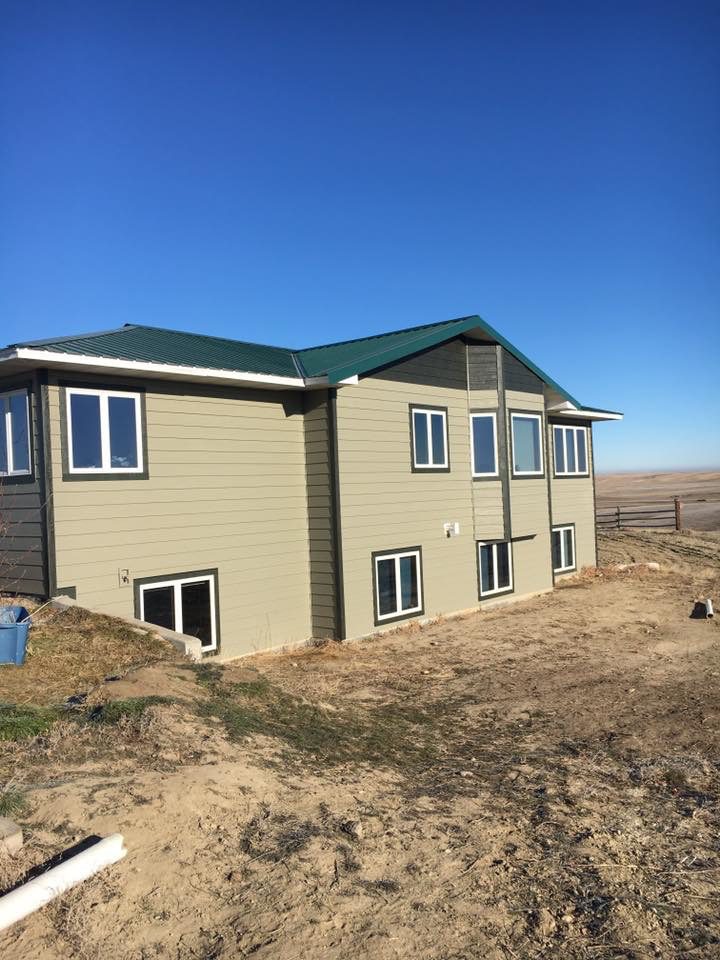
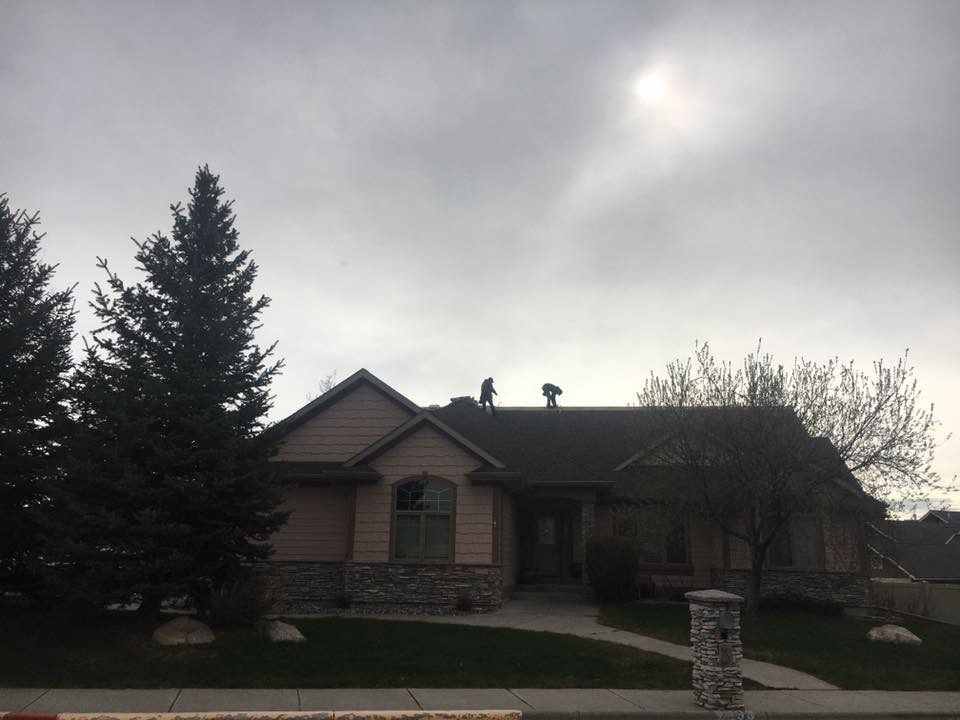

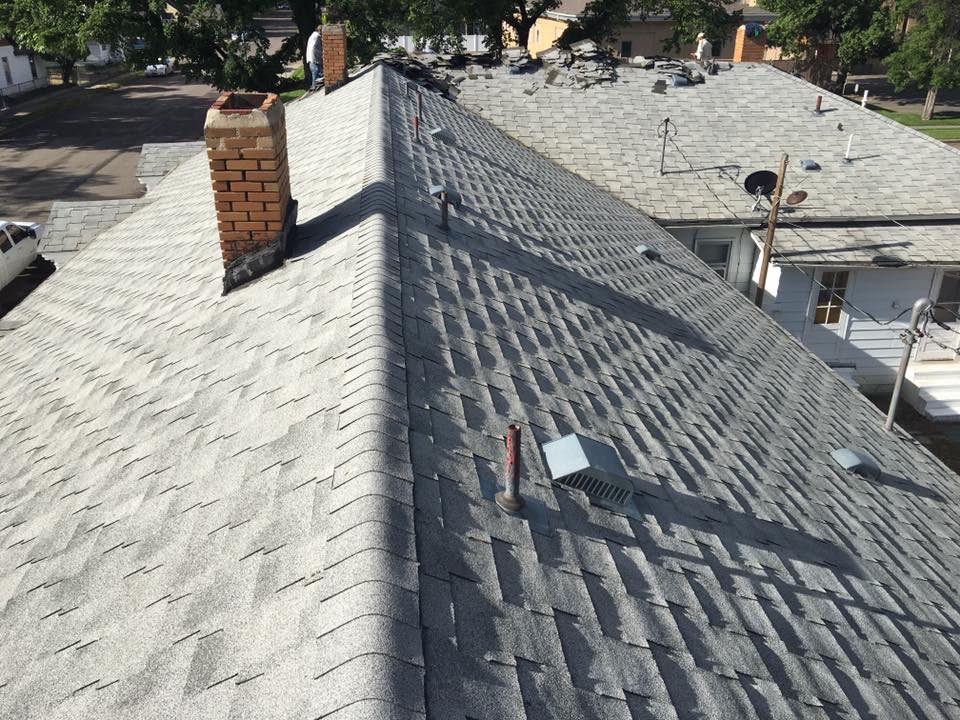
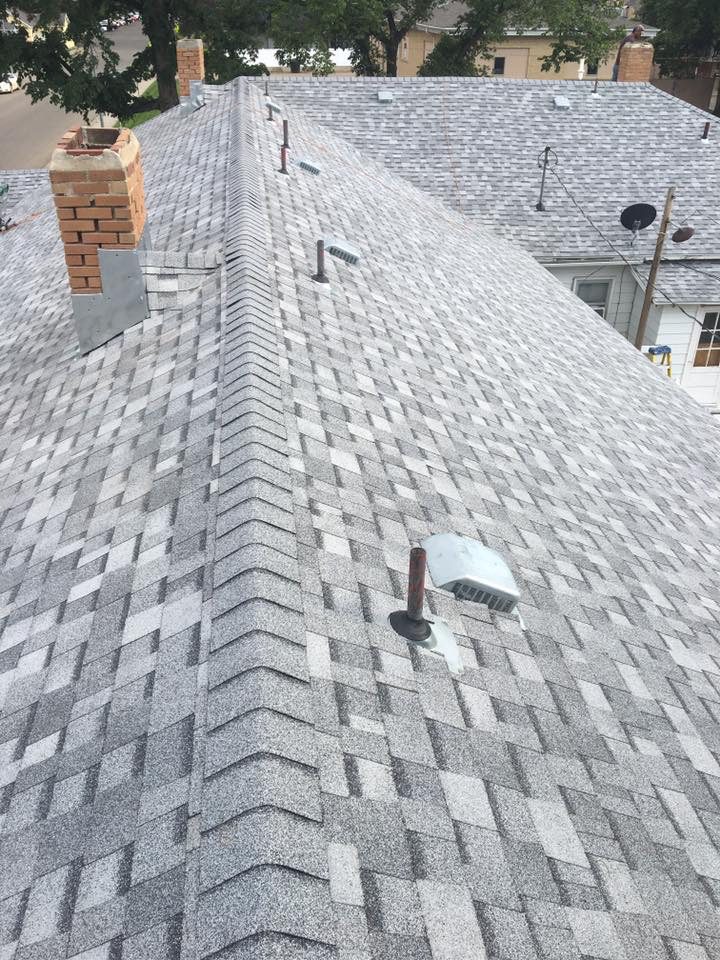
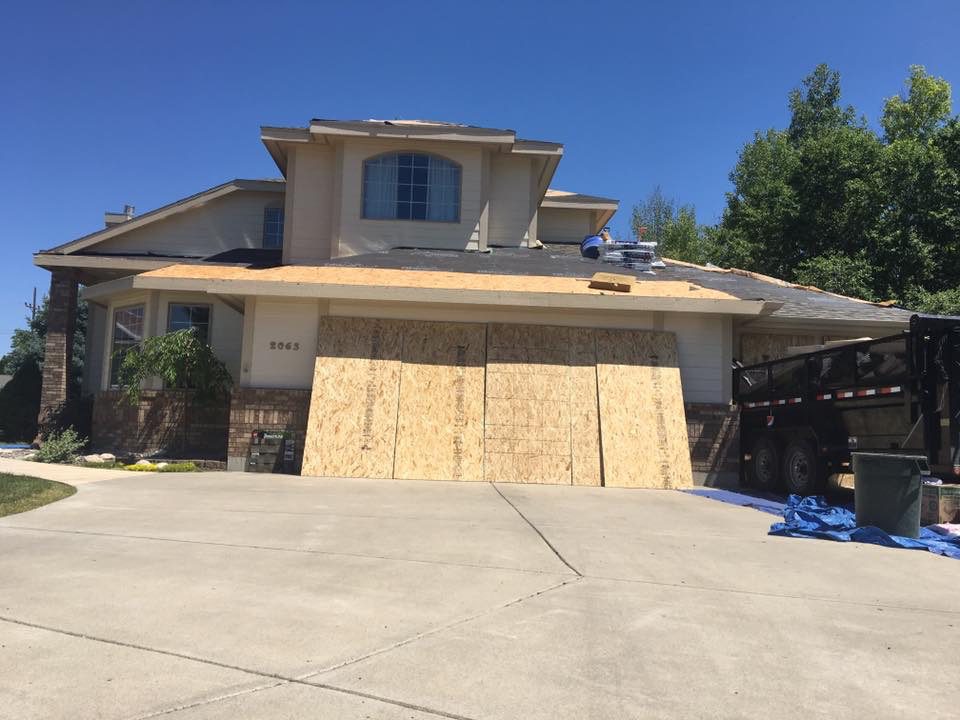
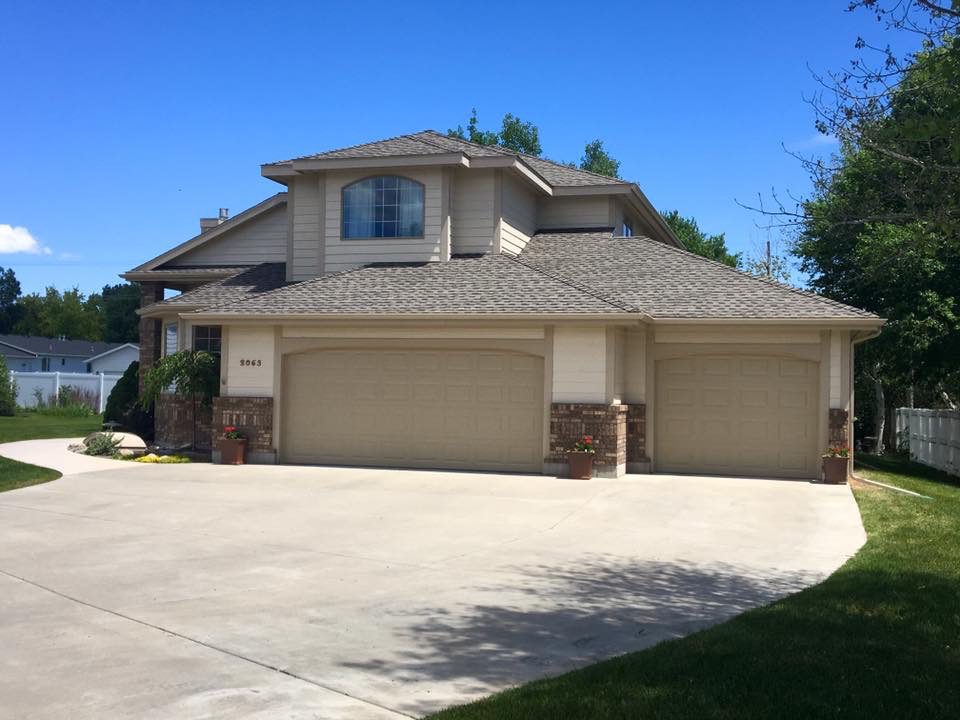
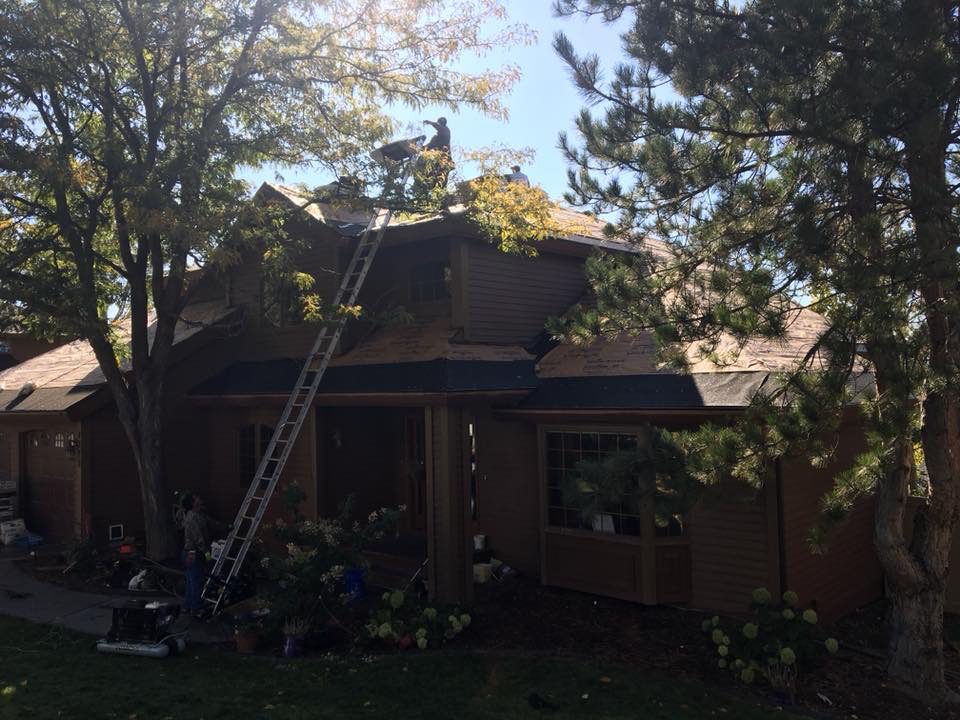

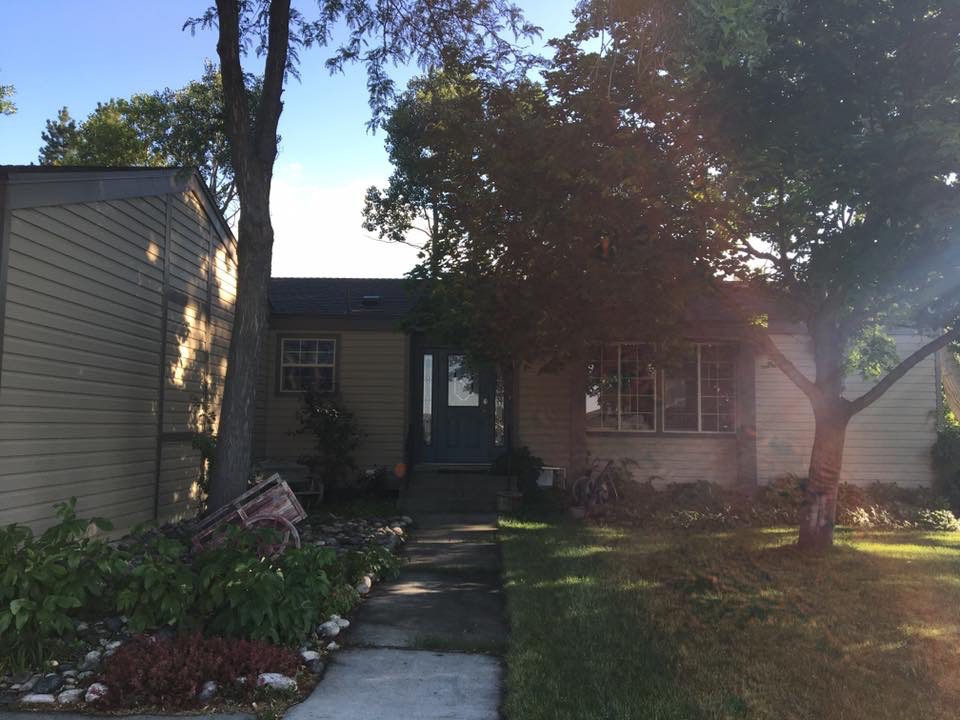


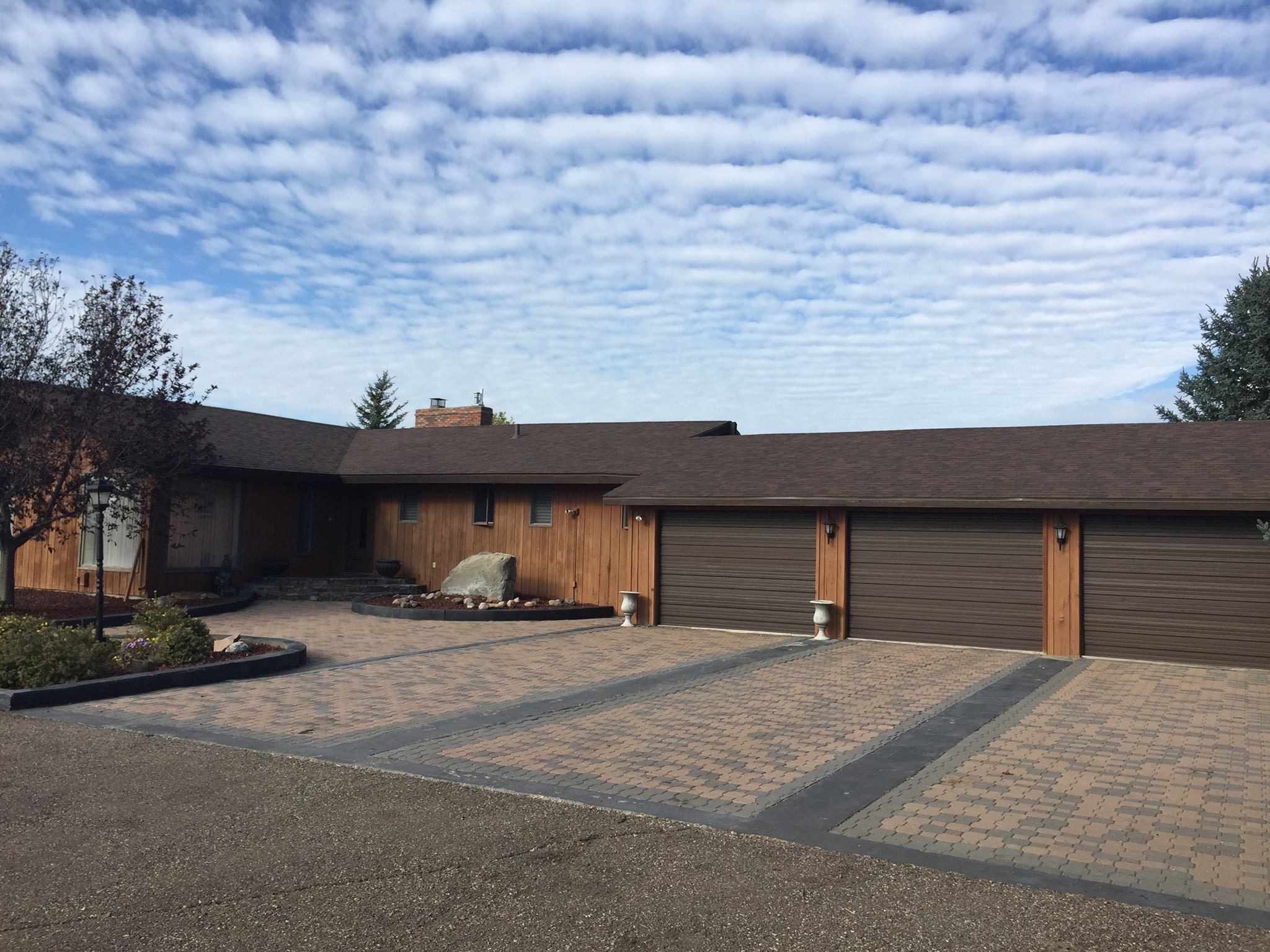
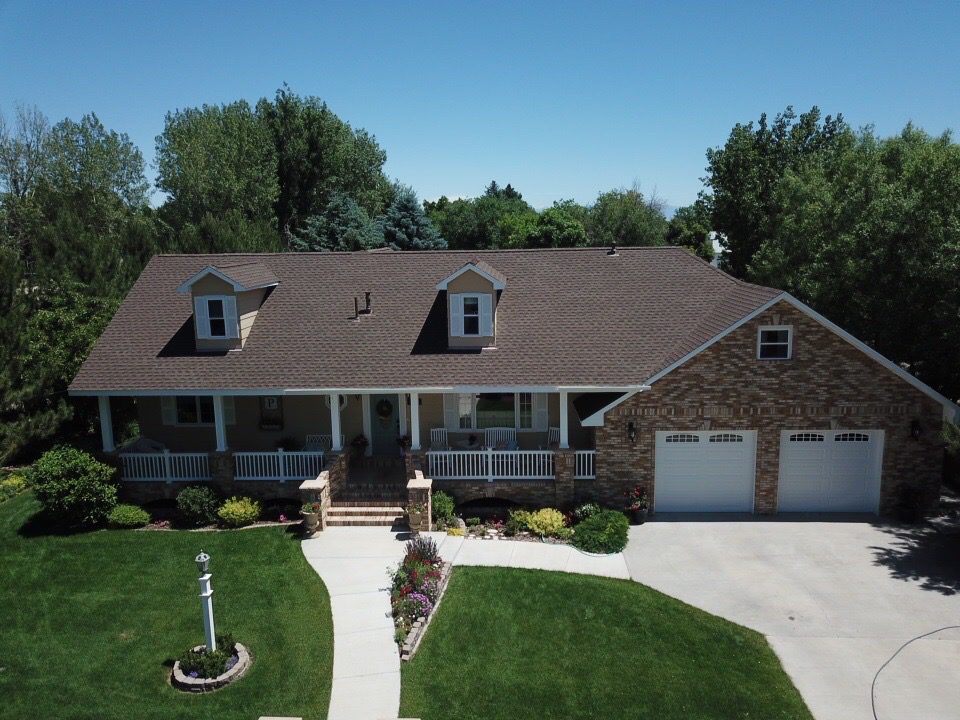

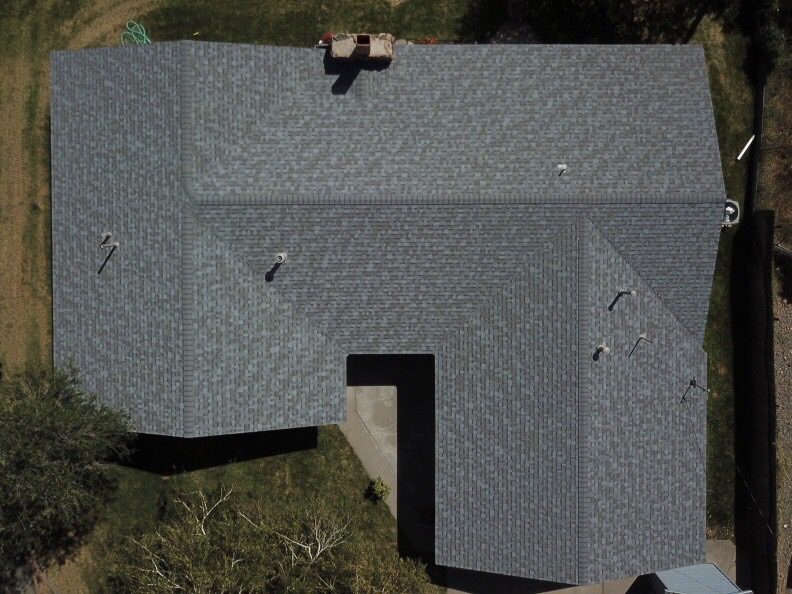
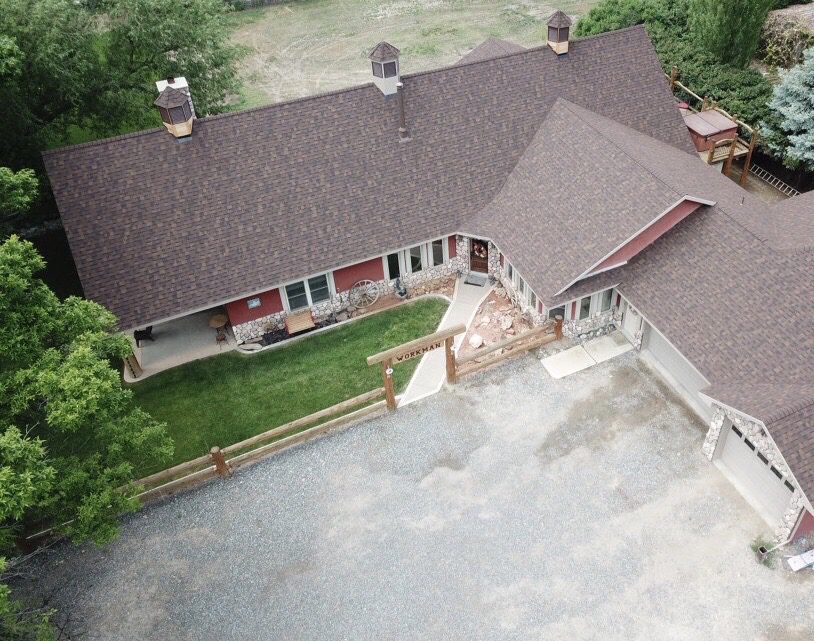
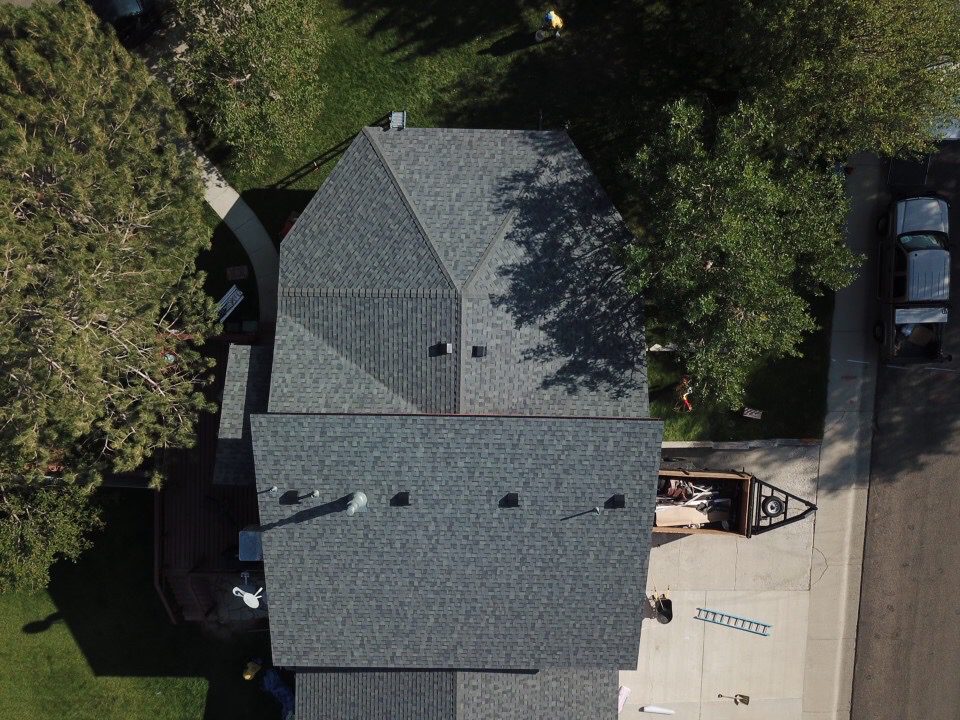
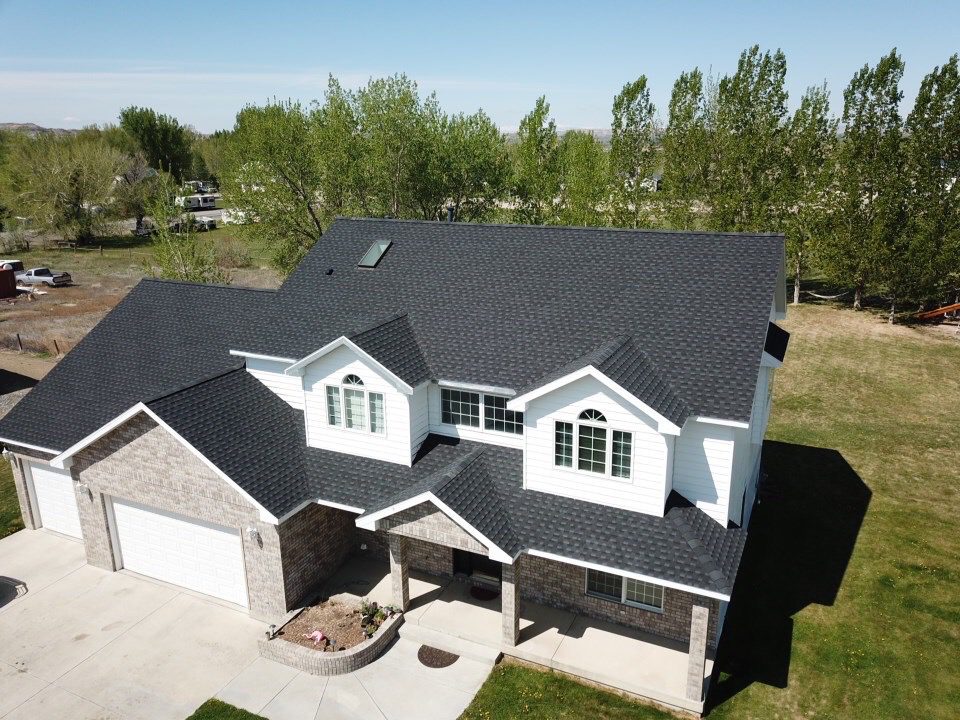






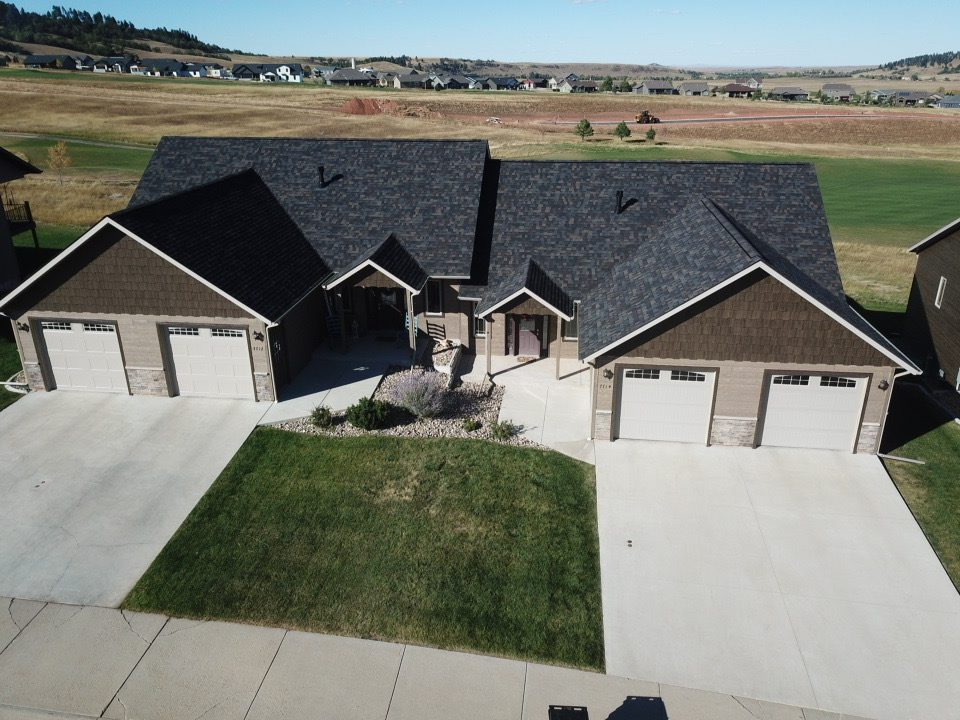
Roofing terms
A bituminous waterproofing agent applied to roofing materials during manufacturing.
A flat or low-sloped roof consisting of multiple layers of asphalt and ply sheets.
To fill a joint with mastic or asphalt cement to prevent leaks.
A layer of viscous asphalt applied to the base material into which granules or other surfacing is embedded.
A row of shingles or roll roofing running the length of the roof.
The open portions of a strip shingle between the tabs.
The surface installed over the supporting framing members to which a roofing material is applied.
A framed window unit projecting through the sloping plane of a roof.
A pipe for draining water from roof gutters; also called a leader.
A non-corrosive, non-staining material used along the eaves and rakes to allow water run-off to drip clear of underlying construction.
The horizontal, lower edges of a sloped roof.
Boards nailed along eaves and rakes after cutting back existing wood shingles to provide secure edges for re-roofing with asphalt shingles.
Fibrous material saturated with asphalt and used as an underlayment or sheathing paper.
Pieces of galvanized metal (usually aluminum or copper) used to prevent seepage of water into a building around any intersection or projection in a roof, such as vent pipes, chimneys, adjoining walls, dormers and valleys.
Shingles that do not contain factory-applied strips or spots of self-sealing adhesive.
The upper portion of a sidewall that comes to a triangular point at the ridge of a sloping roof.
A type of roof containing sloping planes of the same pitch on each side of the ridge, with a gable at each end.
A type of roof containing two sloping planes of different pitch on each side of the ridge. The lower plane has a steeper slope than the upper. Contains a gable at each end.
The trough that channels water from the eaves to the downspouts.
A type of roof containing sloping planes of the same pitch on each of four sides.
Shingles used to cover the inclined external angle formed by the intersection of two sloping roof planes.
Condition formed at the lower roof edge by the thawing and re-freezing of melted snow on the overhang. This can force water up and under shingles, resulting in leaks.
Individual shingles that mechanically fasten to each other to provide wind resistance.
Strip shingles containing more than one layer of tabs to create extra thickness. Also called three-dimensional shingles or architectural shingles.
To cover the surface of one shingles or roll with another.
An asphalt-based cement used to adhere overlapping plies of roll roofing.
A type of roof containing two sloping planes of different pitch on each of four sides. The lower plane has a much steeper pitch than the upper, often approaching vertical. Contains no gables.
Asphalt shingles and roll roofing that are covered with granules.
Shingles consisting of a single, solid tab with no cutouts.
That portion of the roof structure that extends beyond the exterior walls of a building.
The degree of roof incline expressed as the ratio of the rise, in feet, to the span, in feet.
The number of layers of roofing, i.e. one-ply, two-ply.
The supporting framing member immediately beneath the deck, sloping from the ridge to the wall plate.
The inclined edge of a sloped roof over a wall.
The uppermost, horizontal external angle formed by the intersection of two sloping roof planes.
Specially formed shingles used to cover the horizontal external angle formed by the intersection of two sloping roof planes.
The vertical distance from the eaves line to the ridge.
Asphalt roofing products manufactured in roll form.
The horizontal distance from the eaves to a point directly under the ridge. One half the span.
Shingles containing factory-applied strips or spots of self-sealing adhesive.
Factory-applied adhesive that bonds shingle courses together when exposed to the heat of the sun after application.
Slight differences in shingle color that may occur as a result of normal manufacturing operations.
Exterior grade boards used as a roof deck material.
A roof containing only one sloping plane. Has no hips, ridges, valleys or gables.
The degree of roof incline expressed as the ratio of the rise, in inches, to the run, in feet.
The finished underside of the eaves.
A vent pipe that penetrates the roof.
The horizontal distance from eaves to eaves.
A unit of roof measure covering 100 square feet. A roof with a field area of 2,500 square feet would be called a 25-square roof.
Asphalt roofing applied at the eaves that provide protection by filling in the spaces under the cutouts and joints of the first course of shingles.
The exposed portion of strip shingles defined by cutouts.
Asphalt saturated felt used beneath roofing to provide additional protection for the deck.
The internal angle formed by the intersection of two sloping roof planes.
Any outlet for air that protrudes through the roof deck such as a pipe or stack. Any device installed on the roof, gable or soffit for the purpose of ventilating the underside of the roof deck.
